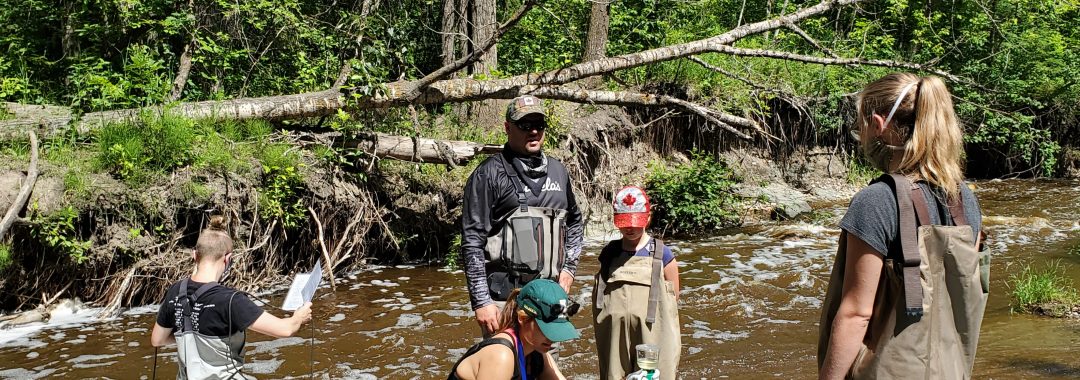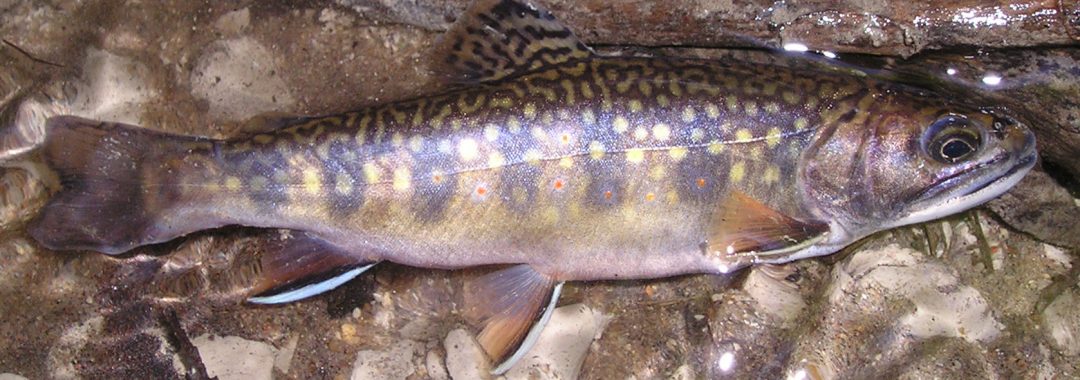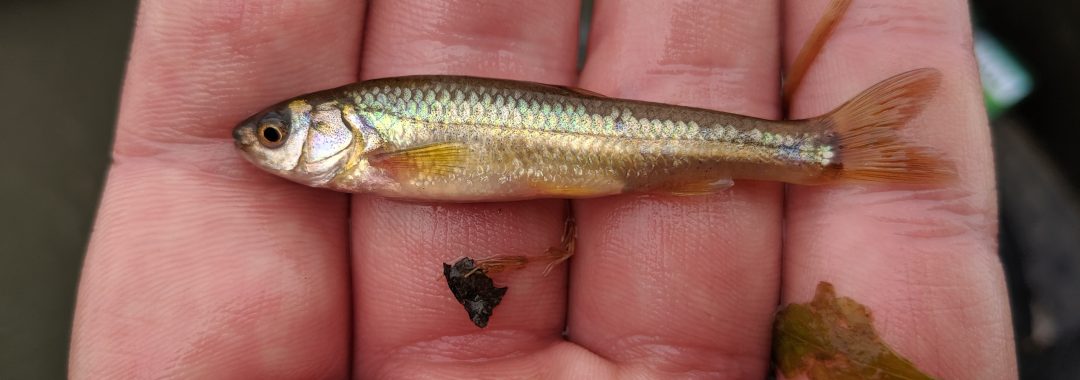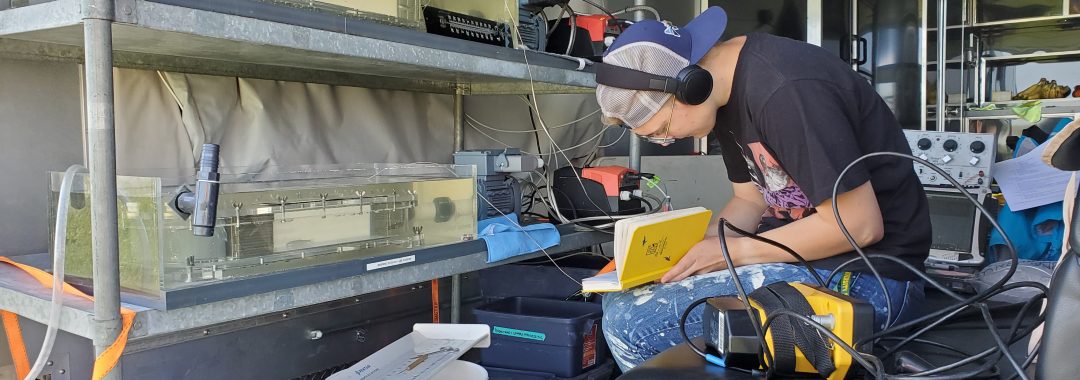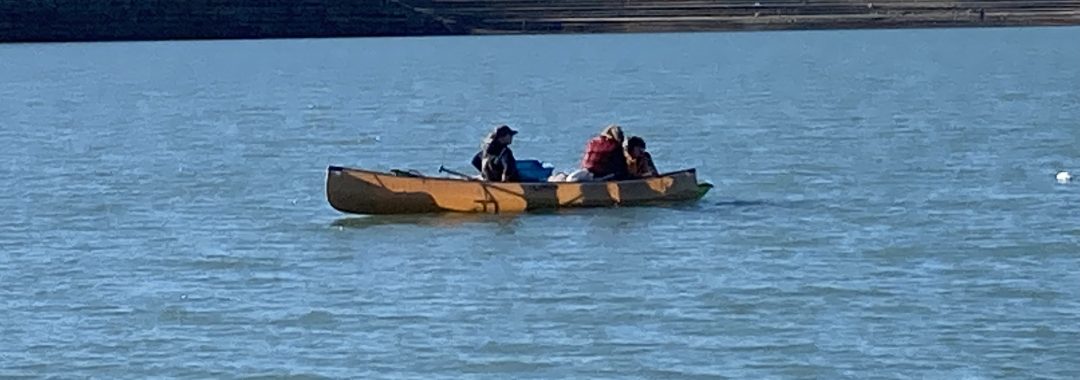Abstract:
The Chinese mystery snail Cipangopaludina fhinensis (Gray, 1834), a species native to Asia, is documented for the first time in Alberta, Canada, in McGregor Lake Reservoir in 2019. Here, we describe the initial finding of C. chinensis in Alberta, Canada, and biological information that may aid management efforts. Collected specimens were confirmed as C. chinensis through DNA barcoding. Analysis of growth rate, fecundity, and infection by digenean trematodes was assessed. It is unknown how C. chinensis arrived in Alberta. However, this species’ ability to withstand environmental stressors, such as desiccation, facilitates overland and long-distance transport via recreationists or deliberate release of C. chinensis into waterbodies. Snails collected from McGregor Lake Reservoir matched with GenBank results for C. chinensis from Korea. Analysis of digenean trematodes revealed that the population in McGregor Lake are not infected, as there were no cercariae present after 24 hours. Growth assessment over a period of 60 weeks revealed that shell length growth quickly outpaces growth in shell width. Upon emergence, C. chinensis are larger than many native snail species. The expansion of C. chinensis into Alberta poses potential negative consequences, such as decreased native snail biomass, increased nitrogen to phosphorus ratios, and additive impacts when paired with other invasive species.
Citation: Edgar M.*, Hanington P., Lu R., Proctor H., Zurawell R., Kimmel N. and M.S. Poesch (2022) The First Documented Occurrence and Life History Characteristics of the Chinese Mystery Snail (Cipangopaludina chinensis, Mollusca: Viviparidae) in Alberta, Canada. BioInvasions Records 11(2): 449-460.
Also Read:
*Lab members: Megan Edgar and Mark Poesch. Check out opportunities in the lab!


